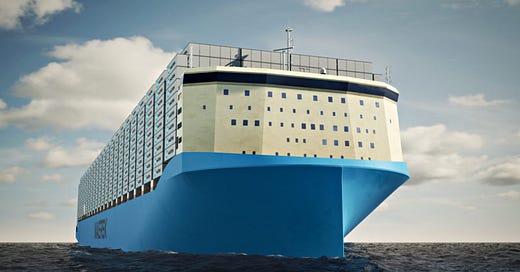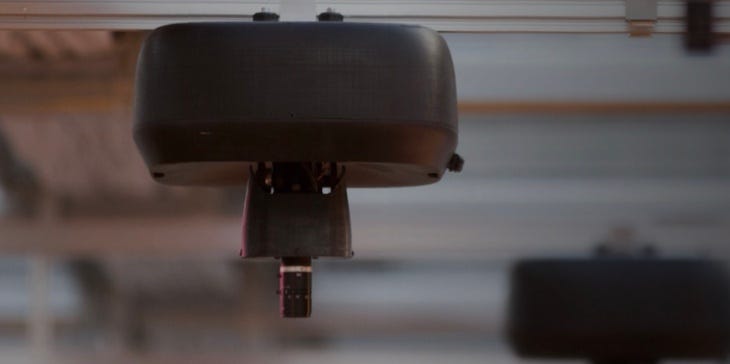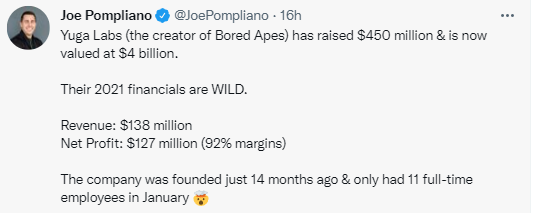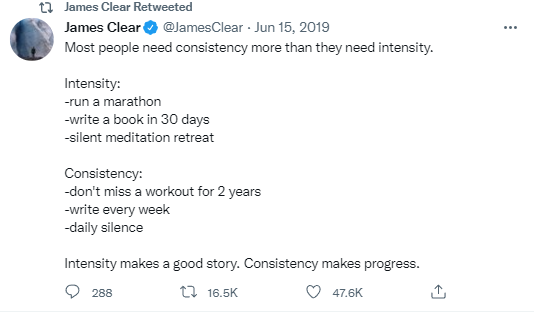🌳The Paxtier Report 23/03/22
$12 million for Plantish, the very hurried caterpillar, and FGV Holdings Berhad
“Do not mind anything that anyone tells you about anyone else. Judge everyone and everything for yourself.” — Henry James
Hello and welcome to The Paxtier Report for Wednesday, March 23rd 2022! Just when you thought you were the only one dancing at work this week:
In today’s email:
News: Cyanobacteria for Mars
Chart: Where to grow microalgae using solar-wind electricity
Epic: Bioluminescent waves
Fireside chat: Mahamood Mubarak Ali from FGV Holdings Berhad
Around the web: The very hurried caterpillar, football-playing algae, and Dupont sealing it in style
Markets and Investing
Algae and climate tech markets were buzzing this week as the US Securities and Exchange Commission moved towards mandating a landmark climate rule which asks companies to disclose third-party-verified emissions data. The positive news followed a massive week of funding in the climate space, with the likes of Heirloom raising $53million for their low-cost carbon capture technology, and Plantish raising $12 million for their algae-based salmon. Other noteworthy investments included Tender’s $12m alternative protein play, ALGIECEL receiving $500,000 for microalgal carbon removal, and IUNU landing $24 million to create machine-gun style robots for monitoring greenhouse crops.
Unfortunately, not everyone was happy for IUNU:
The good vibes were not limited to small algae enterprises either. According to some bull reports, the share price of Cyanotech is currently attractive, and Solarvest Bioenergy are also celebrating after their patent for producing Omega-3 products from algae was granted in Japan.
As an aside, why not try something interactive this week and play with CarbonPlan’s badass seaweed mapping tool? Through this neat little website, these guys are helping us visualise how seaweed aquaculture can benefit the climate through CDR and biomass products. Exciting times ahead.
In depth with Peter Green
Fireside chat: FGV Holdings Berhad
This week we sat down with the brilliant Mahamood Mubarak Ali. Mahamood completed his BSc degree in Biotechnology and Business Management at Imperial College London in 2019. Upon his return to Kuala Lumpur, he joined the department of Climate Action & Environment Protection at FGV Holdings Berhad, a Malaysian-based global agribusiness. Here's a teaser from our recent call:
When did you pivot towards climate work?
"The big shift came during my final year at Imperial College London. In that year, two of my modules focused heavily on environmental protection and were led by the director of sustainability at Capgemini. This introduction to sustainable business was extremely inspiring. As a result, I applied for a sustainability role when I returned to Malaysia, which landed me in my current environment protection role.
During that first year at FGV, I also completed a Masters in Public Policy from The University of Malaya, which solidified my passion for the circular economy. This exposed me to various new aspects of climate-related topics such as ocean biogeochemistry, and the Malaysian seaweed industry.”
What does your current role involve?
“I currently lead the climate action unit for group-wide carbon management, circularity(waste) and climate awareness programmes. Essentially, I am responsible for the company climate action plan and GHG inventory. Much of this work revolves around monitoring our process for capturing methane from palm oil anaerobic ponds. This methane biogas can be used as renewable energy, or flared to reduce global warming potential. It’s important to keep track of it.”
In silico study of hybrid renewable energy in microalgae facilities: A path towards net-zero emissions
This week we came across a cool paper by Dias et al. which assessed whether commercial microalgae-based products could be created sustainably using solar–wind hybrid renewable electricity integration.
Overall, the team were pleased with the results, indicating that this supply of electricity could help reduce microalgae cultivation’s current environmental impacts by 70-89%. From an economics standpoint, the results also suggest that an on-grid solar-wind electrical system can reduce a plant's electricity cost by more than 80% per year. Hooray!
The paper then went on to map geospatial variability and the best spots for culturing microalgae using renewable solar-wind resources. No surprises to find West and North Africa, Australasia, and the Middle East at the top of that list:
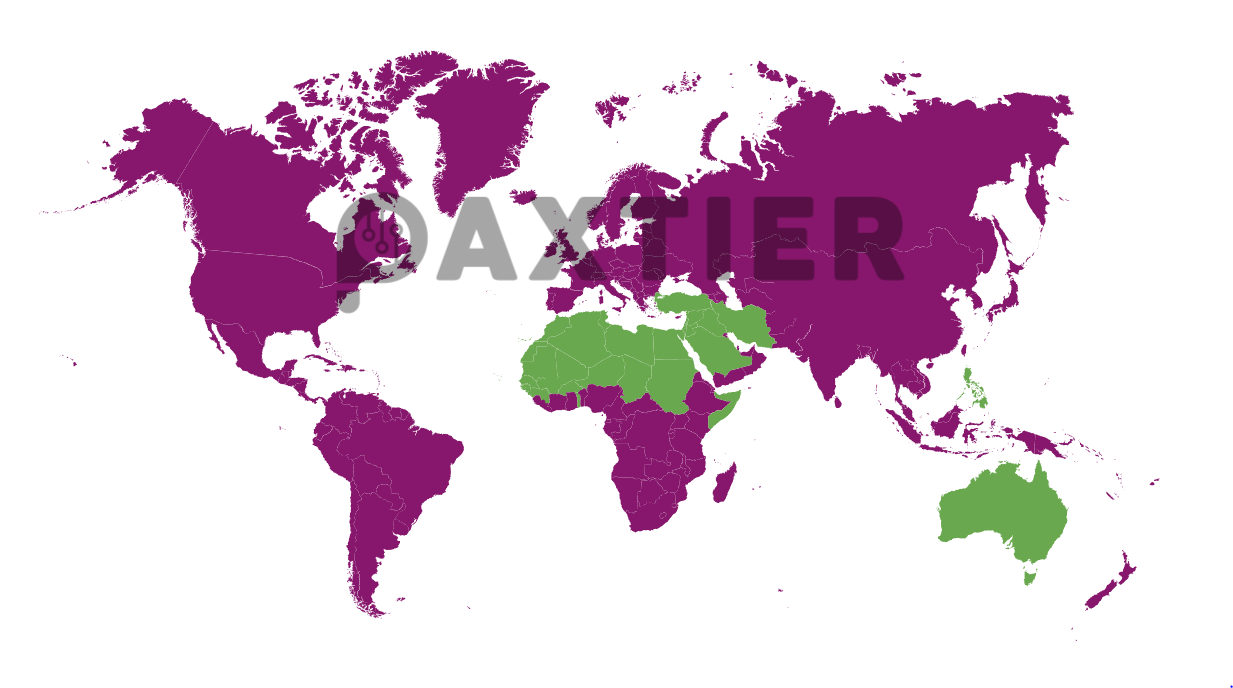
🔥 What’s been hot in algae-tech this week?
Scientists led by NTU Singapore produce microalgae oils to replace palm oil
Enhanced carbon capture and utilization (CCU) using carbonic anhydrase in Chlamydomonas reinhardtii
Mapping out the link between wildfires and phytoplankton blooms
Tweets of the week

Snippets:
Maersk announce agreement on green methanol biofuel supplier for their new ships:
Kirkland Advises Kimmeridge on $200 Million Investment to Launch Chestnut Carbon
Durum Capital Inc. Launches Unique New Carbon Fund
Bright Tide launches UK's most specialised Blue Economy Ocean Accelerator
London impact fund doles out £20 million for decarbonisation and sustainable energy
Fossil of oldest octopus and vampire squid relative may reveal 10-armed past
How to write a climate plan that doesn't suck
This Norwegian start-up makes carbon-negative roads
Jobs:
Understanding and Engineering a Natural Herbicide from Cyanobacteria - University of East Anglia
Permanent researcher positions - Bioscience and Biotechnology Institute of Aix-Marseille
Research Assistant - Brilliant Planet
Chief Commercial Officer - Advanced Bacterial Sciences
Dupont seals it in style:

Thanks again for joining us this week! Looking forward to seeing you soon.
Best,
Peter
Paxtier

